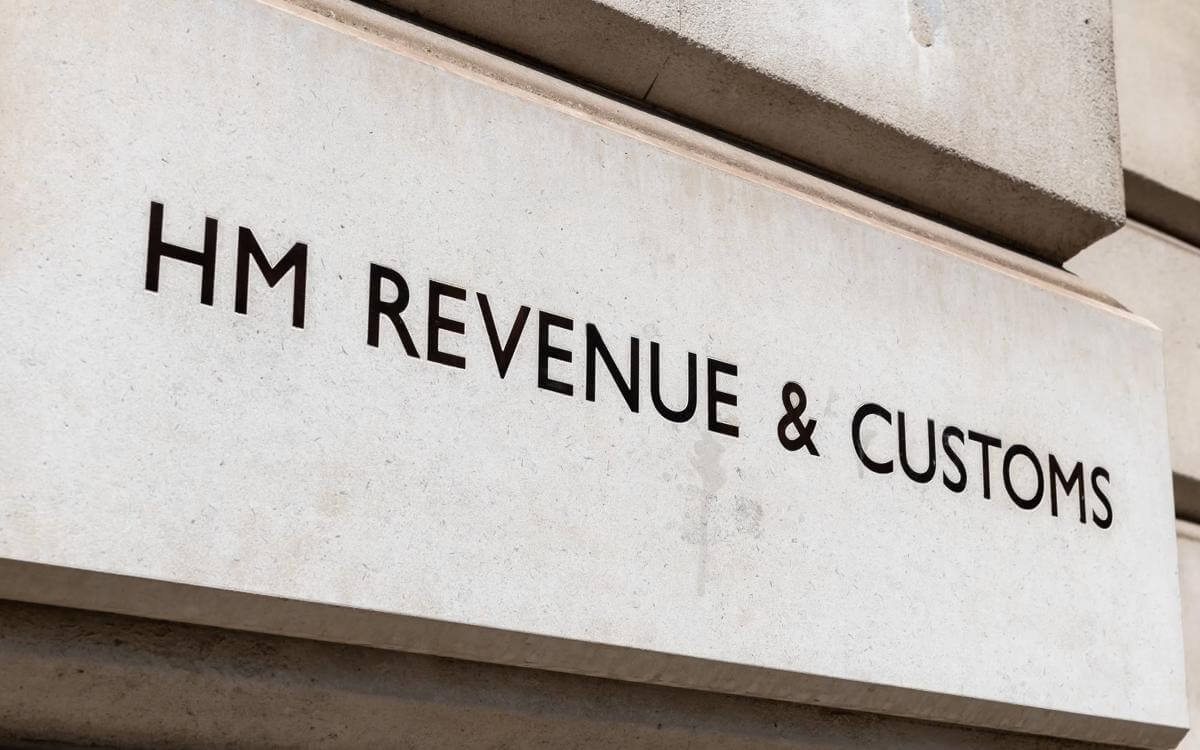Once, twice, three times a phoenix
Schedule 13 of the Finance Act 2020 has introduced new provisions empowering HMRC to issue a Joint Liability Notice on individuals for amounts payable by a company (including an LLP) to HMRC.
Schedule 13 of the Finance Act 2020 has introduced new provisions empowering HMRC to issue a Joint Liability Notice on individuals for amounts payable by a company (including an LLP) to HMRC in connection with either: (i) tax avoidance or evasion cases; (ii) repeated insolvency and non-payment cases; or (iii) cases involving penalties for facilitating avoidance or evasion.
This update focuses on the potential for liability in the event of repeated insolvency and non-payment cases.
When might a Joint Liability Notice (“JLN”) be issued?
Four conditions must be present before a JLN can be issued against an individual:
Condition A
There are at least 2 companies (the “old companies”):
(a) with whom the individual had a ‘relevant connection’ at any time during the period of 5 years ending with the JLN (the “5-year period”);
(b) which became subject to an insolvency procedure during the 5-year period; and
(c) at the time of the insolvency procedure:
(i) the company had a tax liability; or
(ii) the company had failed to submit a relevant return or other document, or to make a relevant declaration or application, that it was required to submit or make; or
(iii) the company had submitted a relevant return or other document, or had made a relevant declaration or application, but an act or omission on the part of the company had prevented HMRC from dealing with it.
where “relevant” in (ii) and (iii) above means relevant to the question whether the company had a tax liability or as to the amount of its tax liability.
A relevant insolvency procedure includes liquidations (other than successful MVLs), administration, receivership, a CVA or Scheme of Arrangement and even where companies have been struck off the register under sections 1000 (by the Registrar) or 1003 (voluntarily by the company) of the Companies Act 2006.
Condition B
A new company (the “new company”) is or has been carrying on a trade or activity that is the same as, or is similar to, the trade or activity previously carried on by each of the old companies.
Condition C
The individual has had a ‘relevant connection’ with the new company at any time during the 5-year period.
Condition D
At the time of the JLN at least one of the old companies had a tax liability and the total amount of the tax liabilities of the old companies is: (i) more than £10,000; and (ii) is more than 50% of the total amount of those companies’ liabilities to their unsecured creditors.
What is a ‘relevant connection’?
Insofar as the old companies are concerned this will include a director or shadow director and a ‘participator’ in the company.
A ‘participator’ in turn takes its meaning from section 454 of the Corporation Tax Act 2010. In relation to a company it means, a person having a share or interest in the capital or income of the company and includes:
- A person who possesses, or is entitled to acquire, share capital or voting rights in the company;
- A loan creditor of the company;
- A person who possesses a right to receive or participate in distributions of the company or any amounts payable by the company (in cash or in kind) to loan creditors by way of premium on redemption; or a person who is entitled to acquire such a right;
- A person who is entitled to secure that income or assets (whether present or future) of the company will be applied directly or indirectly for the person’s benefit.
The same individual must also have a ‘relevant connection’ with the new company. The same definition above applies to identify that ‘relevant connection’ but it also includes an individual who is concerned, whether directly or indirectly, or takes part, in the management of the company.
Example
You are a director of a holding company and of various subsidiaries that all carry out the same or similar activities. The group is rendered insolvent by virtue of a deferred VAT liability which it cannot pay, and insolvency practitioners are appointed over each entity in the group. You are part of a bid to acquire the business and assets of one of the trading companies from its Administrators and you take on the role of director of the new company. Four years later, things are going well but a notice arrives from HMRC seeking payment of the old companies’ tax liability.
There are a multitude of scenarios that could lead to this same outcome; the most basic being a series of insolvencies where the business is reinvented at least three times in the same 5-year period.
What is the risk?
An individual may be served with a JLN at any time within the period of 2 years beginning with the day on which HMRC first becomes aware of facts sufficient for them to conclude that the four conditions above have been met. The effect of a JLN renders an individual jointly and severally liable with the new company (and with any other individual who is also given a JLN) for:
- any tax liability that the new company has on the day on which the JLN is given;
- any tax liability of the new company that arises during the period of 5 years beginning with that day and while the JLN continues to have effect; and
- any tax liability that the old company has on the day on which the JLN is given.
Joint and several liability means that responsibility for a debt is shared by two or more parties and that any one party can be pursued for the entirety of that debt (with it then having a claim for a contribution from the others).
Why is this relevant to me?
The Government and HMRC have a clear goal to prevent the most brazen phoenixism; where a company is repeatedly put into an insolvency process to deliberately shed liabilities and allow management to start again without any real regard to creditors.
The current provisions may deter some such cases, but it may also inadvertently catch other, potentially innocent, situations. Take the example above where a business is rescued after a group of companies all suffer an insolvency event at the same time. That cannot have been the intention behind the legislation, but it is nevertheless a risk that should be considered when considering insolvency options and the implications of buying an insolvent business.
Directors and members of LLPs, especially those that may be facing financial difficulties, would do well to consider their options now for managing this potential risk. That might include:
- Checking your coverage under any existing Directors’ & Officers’ Liability insurance policies or purchasing an appropriate policy with adequate run off cover;
- Keeping up to date with financial information pertaining to any tax liabilities (current and deferred);
- Tracking your active involvement with other companies in order to identify from your portfolio those entities that carry on the same or a similar trade or activity;
- If your relevant connection comes to an end, consider whether a warranty and, if appropriate, an indemnity can be obtained from the company (and/or any holding company) as to the extent of any tax liability at that point; and
- Take appropriate legal and financial advice to protect your personal position.









































